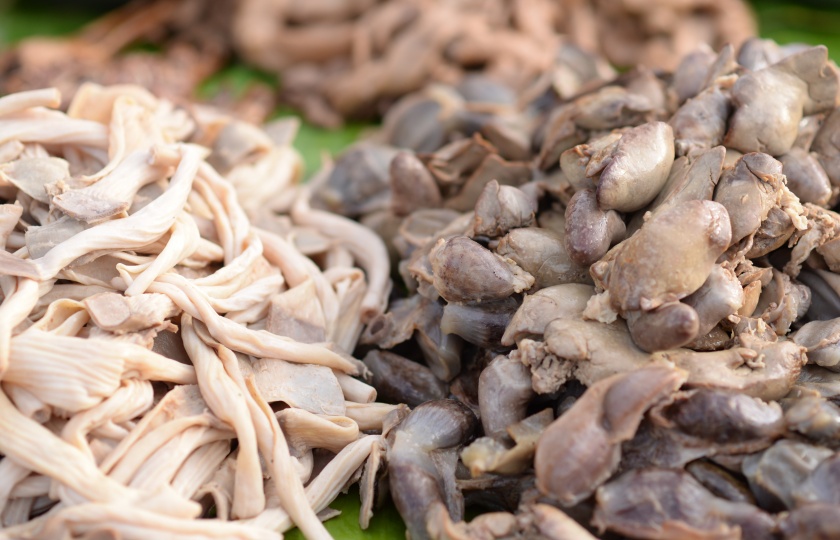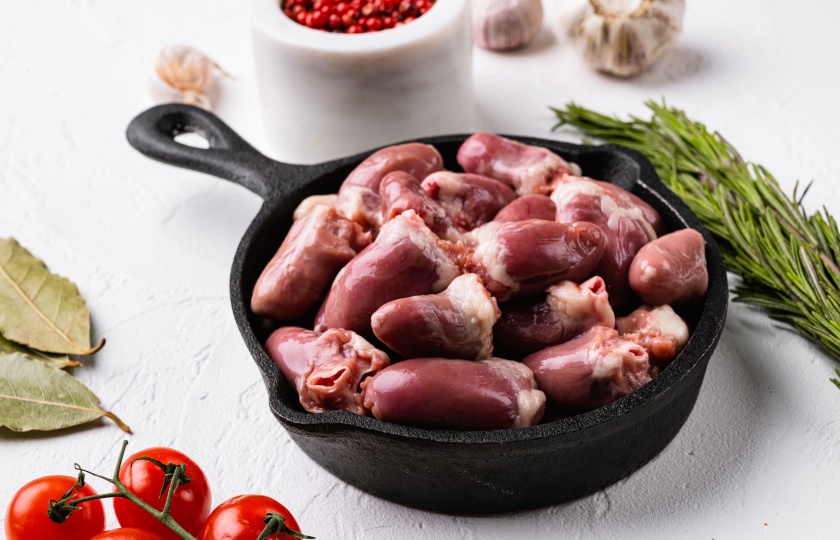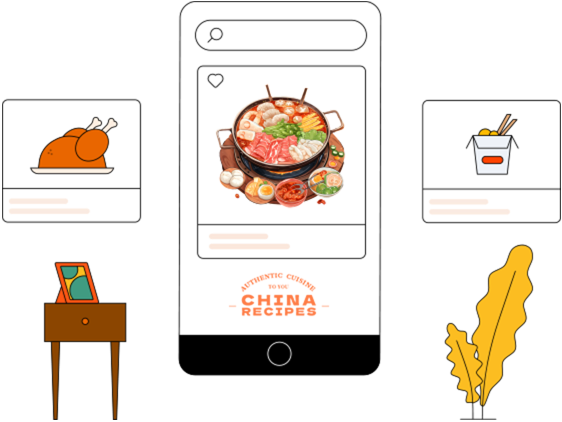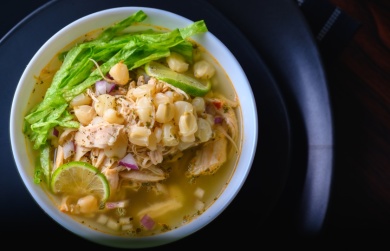What Does Chicken Offal Taste Like? A Flavor Guide

A friend recommended that I try chicken offal, but since I've never had it before, I had no idea what it would taste like. Let’s explore together!
What Does Chicken Offal Taste Like?
Chicken offal includes the chicken heart, liver, gizzard, kidneys, intestines, and other parts, each with its own unique flavor.
Chicken Liver: Has a metallic taste, rich flavor, and a smooth, soft texture. It’s great for stir-frying or stewing but does have a slight gamey flavor that needs to be cleaned thoroughly.
Chicken Heart: Dense and chewy with a layered texture. It’s perfect for stir-frying and has a strong aroma.
Chicken Gizzard: Tough and chewy, with a bit of a earthy, gamey flavor. Many people enjoy it, often braised or fried for a crispy texture.
Chicken Kidneys: Mild flavor with a smooth texture, similar to chicken breast in taste and feel.
Chicken Intestines: Thin and crisp, often used in hot pots. However, they have a strong gamey flavor, so make sure to clean them well.
Why Does Chicken Liver Taste Bitter?
Chicken liver itself does not naturally have a bitter taste.
If it’s bitter, it’s usually because bile from the gallbladder has accidentally been released onto the liver.
The gallbladder is connected to the liver and has a bitter flavor, so if bile touches the liver, it will taste bitter.
However, if you clean the liver properly, removing any bile and impurities, it should not taste bitter.
Can You Eat Chicken Offal?
Yes, chicken offal is edible, including the heart, liver, gizzard, kidneys, and intestines. These parts are rich in nutrients, and with proper preparation, they taste great.

The chicken heart is full of protein and trace elements, helping to nourish the body.
Chicken liver, often called a "nutrient powerhouse," contains vitamins and iron, helping to boost blood health and protect vision.
Chicken gizzards are loved by many for their chewy texture. Sliced and stir-fried or grilled, they make a delicious dish.
Chicken intestines, though a bit tricky to clean, offer a crisp texture and are great in hot pots.
What Tastes Better, Chicken Liver or Beef Liver?
Both chicken liver and beef liver have their unique characteristics.
Chicken Liver: Soft and delicate with a more subtle flavor. It has a lower fat content, making it less greasy, perfect for stir-frying or soups.
Beef Liver: Denser and chewier with a stronger liver flavor. It has a higher protein content and is ideal for grilling or stewing.
From a nutritional standpoint, beef liver has a higher nutrient density, packed with vitamin B12, riboflavin, and more, making it a highly nutritious food. Chicken liver, on the other hand, is also rich in iron and selenium and is easier to digest.
Which Animal Liver Is the Tastiest?
Each type of liver has its own distinct flavor and best cooking methods, depending on your preference. Here are some of my recommendations:

Pork Liver: Many people love it for its delicate and tender texture. With only 4.7 grams of fat per 100 grams, it’s lean and perfect for stir-frying with onions and chilies.
Beef Liver: Firm and chewy with a strong liver flavor. It’s high in protein and great for grilling or stewing, such as in the classic French dish, pan-fried beef liver, with sweet and tangy onions.
Chicken Liver: Tender and delicate with a relatively mild flavor, great for soups or simple stir-frying. For example, a "Chicken Liver and Spinach Soup" is both nutritious and light.
Goose Liver and Duck Liver: These are considered gourmet ingredients, especially goose liver, known as the "king of fatty liver." Rich and smooth, they melt in your mouth and are often used in high-end dishes, like foie gras.
From a nutritional perspective, lamb liver contains the highest levels of vitamin A, but it is tougher. Pork liver and duck liver are rich in iron, making them great for blood replenishment.
Does Soaking Liver in Milk Take the Iron Out?
Liver, especially from animals like pigs and chickens, is rich in iron, mainly in the form of heme iron, which is highly absorbable. Milk contains calcium and some proteins that can bind with iron, making it harder for the body to absorb.
From a nutritional standpoint, calcium in milk can compete with iron for absorption, reducing the bioavailability of iron. While soaking liver in milk won’t directly cause iron loss, the milk may lower the efficiency of iron absorption in the body.
To retain the iron in liver, it's better to soak it in water or add foods rich in vitamin C, like lemon juice or tomatoes, while cooking to improve iron absorption.























